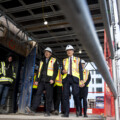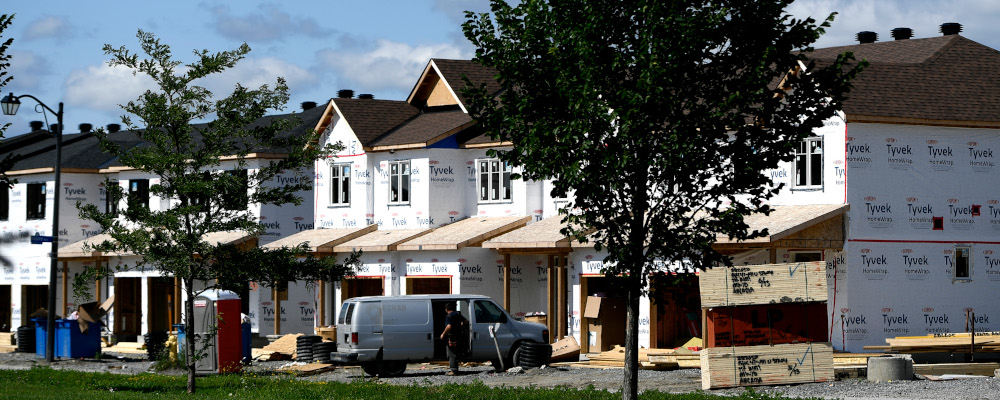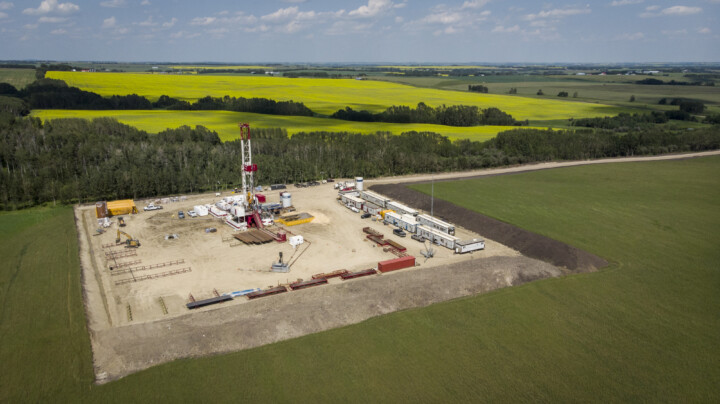We build about 70,000 homes per year in Ontario. That’s clearly not enough, as we’ve seen reflected in our escalating housing prices.
The price of a home in Toronto now averages $1,290,000, according to the Toronto Real Estate Board. And that’s across all housing types, not just detached or semi-detached houses.
We need to build a lot more if we want to achieve a reasonable equilibrium that maintains homeownership as an achievable goal for most Ontarians.
A new report released by the Housing Affordability Task Force puts a number on just how much we should build over the next decade: 1.5 million homes.
That would more than double our current completion rate and is just the sort of ambitious goal we desperately need.
The report includes 54 other recommendations for how that number can be achieved, focusing primarily on those nimby-informed restrictive municipal land-use rules that get in the way of new housing development.
Here are five that are particularly exciting:
Limit exclusionary zoning in municipalities through binding provincial action: Allow “as of right” residential housing up to four units and up to four storeys on a single residential lot.
Just under two-thirds of Toronto’s residential land has been set aside for detached houses only. That number is even higher for the province as a whole. Recent policy changes have allowed for the introduction of secondary suites in these areas, a doubling of permitted density.
This recommendation would double permitted density once again.
Permit “as of right” multi-tenant housing (renting rooms within a dwelling) province-wide.
Multi-tenant housing—also known as rooming houses or single-room occupancy (SRO)—is the most affordable form of housing. It’s historically been the first step up on the housing ladder for many lower-income people and families but has over the past few decades been effectively prohibited in most parts of our cities and province.
In Toronto, you can not build a multi-tenant house outside of the Old City. Within the Old City, dwelling room maximums are set at 6, 12, and 25, depending on the zone, which is more often than not too low relative to land values to make for economic development. As a consequence, this once-abundant form of housing has become extremely scarce.
This recommendation would reverse that trend.
Allow “as of right” zoning up to unlimited height and unlimited density in the immediate proximity of individual major transit stations within two years if municipal zoning remains insufficient to meet provincial density targets.
This might be my favourite recommendation of the lot. It would force municipalities to upzone their land as required to achieve provincial housing completion targets or face a total and complete upzoning of the land surrounding any major transit station area.
Either way, we get a whole bunch of new housing.
Allow “as of right” zoning of six to 11 storeys with no minimum parking requirements on any streets utilized by public transit (including streets on bus and streetcar routes).
We’ve started to see some midrise development along some major east-west arterials in Toronto. We need to see a lot more, and this recommendation would help make that happen.
Create a more permissive land use, planning, and approvals system: Repeal or override municipal policies, zoning, or plans that prioritize the preservation of physical character of neighbourhood.
Did you know that there’s a requirement in Toronto’s Official Plan stating that any new development in the Neighbourhoods land use designation (the largest by far) “must respect and reinforce the existing physical character”? Well, there is. And it’s a big reason why nearly all growth in our housing supply has been constrained to the downtown, midtown, and a couple of other “urban growth centres”.
We are not allowed, by law, to intensify our existing neighbourhoods. How crazy is that?
This recommendation would upend this sacred cow of modern land-use planning, and not a moment too soon.
The Housing Affordability Task Force report includes 50 more recommendations along these lines. They’re all excellent, as far as I can tell, and should all be implemented sooner rather than later.
And there might be the rub.
Recommendations in a report are fine, but what we really need is legislative and regulatory action. Premier Doug Ford, Housing Minister Steve Clark, and the PC government as a whole have a generational opportunity to open our major cities back up to young people, new immigrants, and middle-class families.
Following the release of the report this morning, Steve Clark tweeted that it will be balanced with “perspectives from [his] consultations with municipalities”. Let’s hope that that balancing act comes out in favour of more housing for more people.
Recommended for You

What we know—and don’t know—about the world’s largest carbon capture proposal

Canadian young men are making $8,300 less while older men make $26,000 more in last 50 years: Report

The myth of unified Indigenous opposition to a West Coast pipeline

Letter to a minister: What the federal government should—and shouldn’t—do to solve the housing crisis




